Incheon Chinatown, rewriting a civilized age of Korea

FOLLOWING THE traces of every country's history, a Chinatown has been found everywhere, and Korea was not an exception for overseas Chinese. When Incheon port opened in 1883, the Chinese settled there to sell their products. From then on, Incheon Chinatown began, and it has continued to exist for more than 120 years. Regardless of the exposure to Korean culture, the overseas Chinese have maintained their traditions in their actions, thoughts, and beliefs.
Chinatown in Korea, on the blow of civilization
 Euiseondang
Euiseondang
Euiseondang is a kind of Chinese shrine to pray for a safe cruise after a cultural exchange. Once people practiced martial arts such as kung fu in that place.
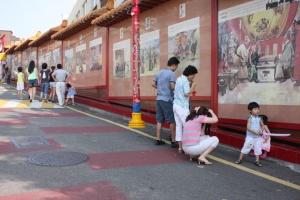 Samgukji Mural Street
Samgukji Mural Street
Samgukji Mural Street is a 150-meter-long wall painting that portrays heroes in Samgukji. There are the origins of various Chinese fables and phrases that have been painted on the wall.
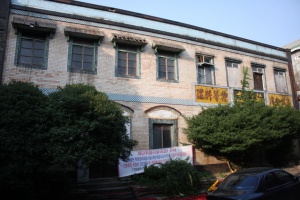 Gonghwachun
Gonghwachun
This is enrolled as Registered Cultural Heritage No. 246. Gonghwachun was the dining hall where jajangmyeon was created in Korea for the first time. Although Gonghwachun is deserted now, it will be newly constructed as a jajangmyeon museum.
 Korea-China Park
Korea-China Park
Korea-China Park is a resting place for visitors. It is a replica of the Chinese architectural style from the middle and latter half of the Ching dynasty. People can feel the Chinese atmosphere everywhere.
Although some worn-out buildings are in danger of reconstruction, overseas Chinese have tried to maintain their culture. For example, they have used red color to emphasize tradition, and used traditional architectural styles such as a pond in some buildings. Due to these efforts, visitors feel as if they are in little China.
2009 Visiting Incheon, Enjoying Chinatown Festival!
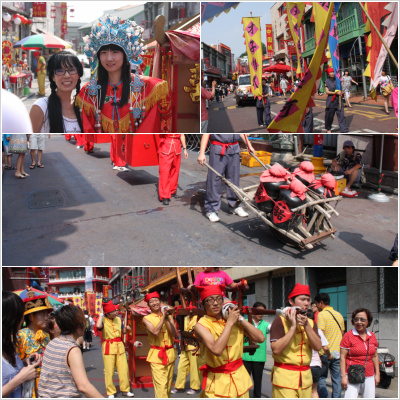
Not only did the Chinese people try to keep their culture, but they also held cultural festivals to let people know their high national standards. Every weekend, from 3 p.m. to late at night, Chinese festivals such as a traditional dance performed with a lion's mask, Chinese traditional marriage ceremony, and quiz shows about Chinatown take place. Also, people can participate during the performances, beating a drum or riding in a palanquin*. Chinese traditional cookies, such as moon rice cakes or liar's bread, are given to winners of the quiz show. Chinatown's unique festivals are not only for overseas Chinese, but for all visitors to Incheon Chinatown.
*palanquin: Chinese traditional sedan chair
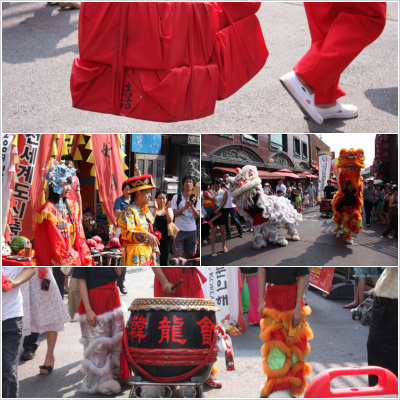
In October, two more events are scheduled: Incheon-China Day and Jajangmyeon Festival. To commemorate the friendly relationship between Korea and China, Incheon-China Day will be held with various performances such as an international dragon dance and a Chinese traditional fashion show. In addition, visitors can enjoy traditional tea and foods. Also, to celebrate the origin of jajangmyeon, the Jajangmyeon Festival is prepared in Chinatown with a various jajangmyeon sampling party and a fast-eating jajangmyeon contest.
Brightly shining night streets in Chinatown
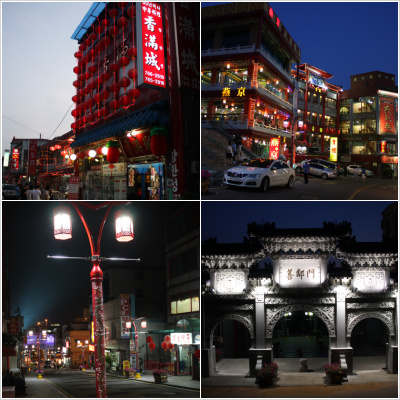
When the orange sunlight is sinking beyond the buildings, the Chinese lanterns are turned on. The shining lights reflect off the gorgeous red-colored buildings and streets as the crowds slowly disappear.
Chinatown is keeping its traditional culture in mind, preparing for the next brilliant day. It is true that Incheon Chinatown has an old history of more than 120 years. However, they have tried to keep their own tradition, not to lose their identity as Chinese. And at the same time, they lived together with other cultures, and were admitted as an independent village in Korea.

